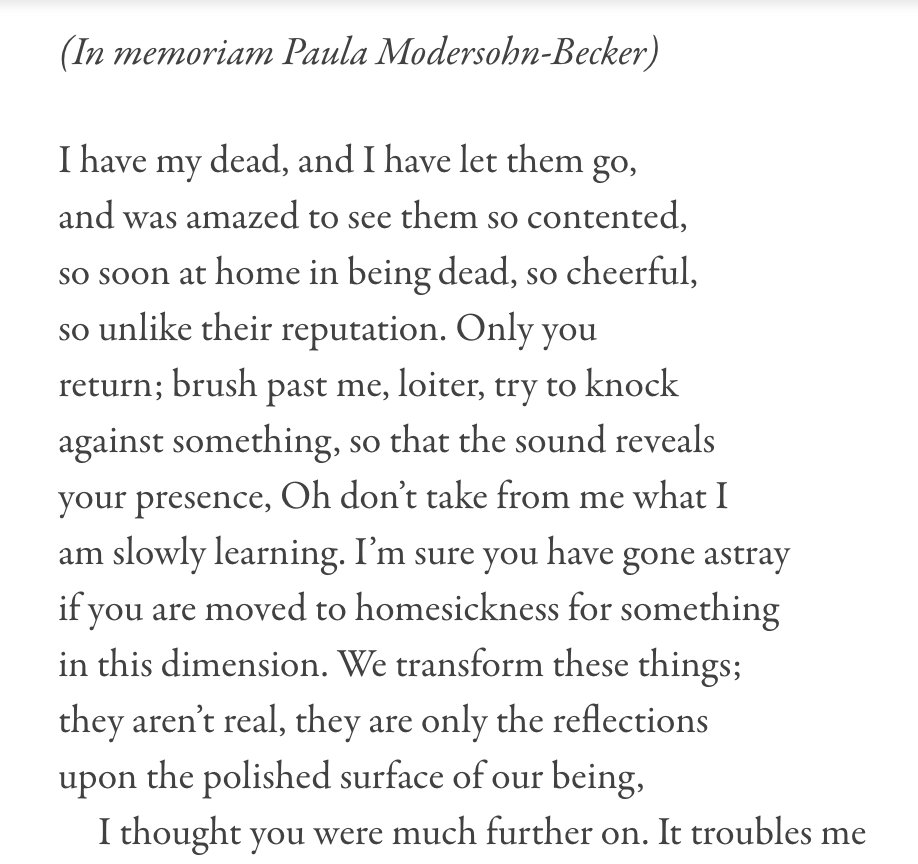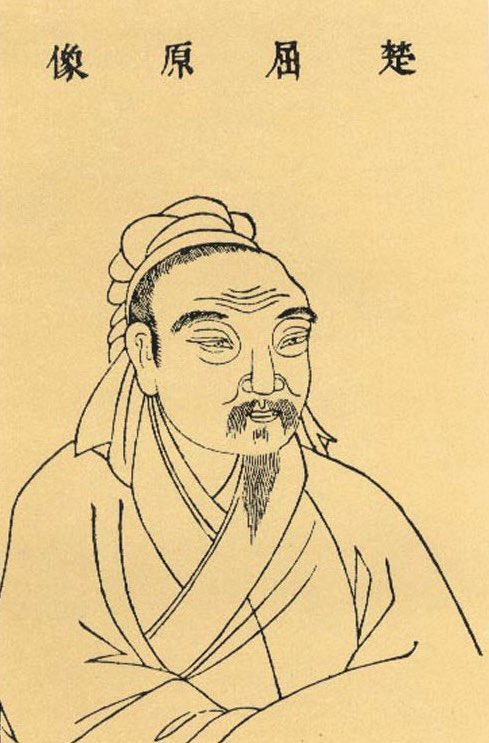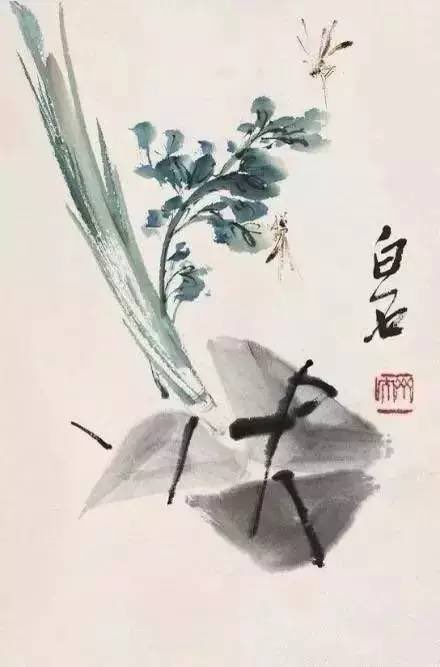
Teaching on storyworlds rather than Chinatowns this term.
But given that the recurrent question of our course is how the stories we tell (and are told) shape the world we see (and don't see) around us -I spent today addressing the latest non-random violence against Asian women.
But given that the recurrent question of our course is how the stories we tell (and are told) shape the world we see (and don't see) around us -I spent today addressing the latest non-random violence against Asian women.
A detour from our current unit on fairy tale storyworlds, yet grimly apropos. After all, in their original tellings, evil is as omnipresent as virtue, and stories oriented towards 'happily ever after' can easily be detoured by suffering and death. Not unlike immigrant stories.
Trumpian 'China virus' 'Commie spy' disease-vector discourse certainly fanned the flames of this current wave of violence, but the shorthand worked because it easily indexed stories that this country has long told, via laws, policy, & culture, about Asians, women, immigrants.
Asian immigrant fairytale: the country is a meritocracy; racism is American backstory and prologue, not present and future; here is always better than 'back there.'
Plus: being a 'good immigrant' (well educated, upwards striving, white-adjacent) exempts you from violence.
Plus: being a 'good immigrant' (well educated, upwards striving, white-adjacent) exempts you from violence.
Asian immigrant historical reality: Asian men 'imported' en masse to be cheap labor source AND bulwark for western industrialists fearing newly-emancipated Black labor & newly-unionized white labor; Asian women, from the Page Act of 1875 on, barred and restricted and sexualized.
And another, harder to address, necessary condition (pumpkins, midnight) for the immigrant fairytale: one is more secure when one disassociates from 'bad immigrants' ('not legal'; refugees, sex workers, even general Chinatown denizens) and other, louder, people of color.
Asian immigrant historical reality: most early Chinatowns resulted from racist zoning laws and as a result of workers congregating for safety. They were also where early white hipsters went to 'slum it' - gambling, whoring, opium dens - sites of contagion, vice, addiction.
To sum up the fairytale: Asian laborers (Chinese, Korean, Filipino, 'Mongoloid') were ineligible aliens; Chinatowns and similar ethnic neighborhoods were illicit, but also thrilling and enticing; Asian women in these neighborhoods were prostitutes, to be exploited or rescued.
A *critical* escape clause (fairy godmother, royal parentage) to this story from the very onset: for the most part, racist exclusion laws did not apply to students or diplomats or merchants.
Stark divisions not only of natl origin but of class, were baked into Asian solidarity.
Stark divisions not only of natl origin but of class, were baked into Asian solidarity.
Any surprise that respectability politics, class division, distrust of fellow immigrants, the pitting of Asian men against Asian women - are still currents that interfere with Asian solidarities? These are not random stories but are baked into the legal contours of Asian America.
Also not a surprise that 'China flu' invective was so easily understood and accepted. An old and familiar storyline, with villain roles and plot-twists in place.
And an Asian woman sexworker to the killer: no longer a person, just an overdetermined trope, to be eradicated.
And an Asian woman sexworker to the killer: no longer a person, just an overdetermined trope, to be eradicated.
Let us revisit our stories - not just the ones in film and fiction, but the ones made by law, by founding national myths - and see how we have been delimited by them. Even the 'benign' fairytales.
Let us work together to write new stories.
Let us work together to write new stories.
https://twitter.com/katchow/status/1372028334864003073?s=20
• • •
Missing some Tweet in this thread? You can try to
force a refresh
















